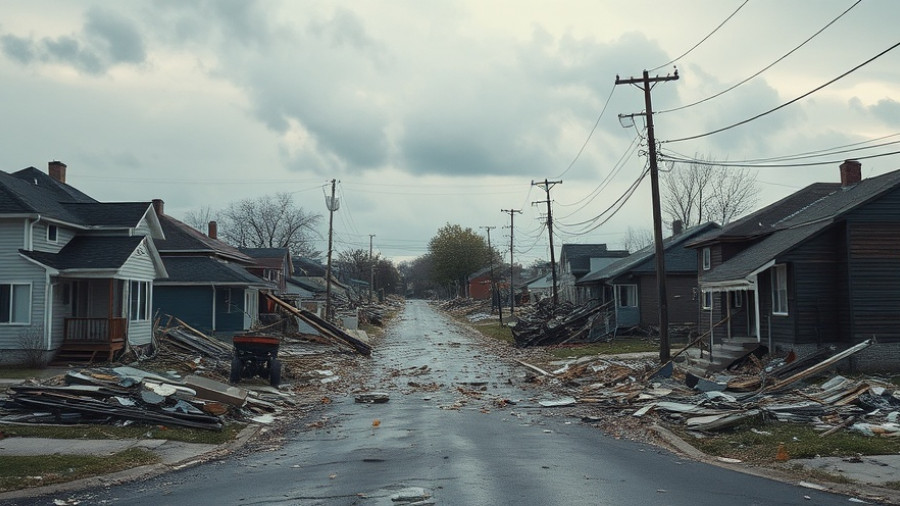
The Devastating Effects of Severe Storm Co-may in the Philippines
The Philippines has been plunged into chaos as Severe Tropical Storm Co-may unleashes its fury on northern regions, following a second landfall that wreaked havoc from Candon, a small city famed for its picturesque landscapes. With wind speeds reaching up to 100 kilometers (62 miles) per hour, this destructive storm has not only affected the landscape but also threatened essential agricultural crops like rice and corn.
Impact on Agriculture: A National Concern
As the country grapples with the impact of combined weather disturbances, it’s essential to understand the implications for food security. The agriculture sector, which is crucial for the Philippine economy, faces an estimated damage tally of around 4.35 billion pesos ($76.8 million) from recent storms. With rice harvesting currently underway and corn collection slated for next month, the risks are high. The Philippines is the world's largest rice importer, and severe damage to local crops can lead to increased demand for international supply, driving prices up for the local consumers.
Understanding Insurance Claims in the Face of Natural Disasters
During events like Severe Tropical Storm Co-may, understanding the insurance claims process is vital for those affected by property damage. Homeowners and vehicle owners alike should be aware of their rights and the procedural steps involved in filing an insurance claim. Following natural disasters, the process can become overwhelming, especially considering the emotional toll. Here’s what to keep in mind:
Steps to File Insurance Claims When Properties Are Affected
1. **Initial Assessment:** Document all damages thoroughly. Taking photos and writing down damage details will aid in the claim process. This evidence is crucial when presenting your case to insurance adjusters.
2. **Understand Your Policy:** Familiarize yourself with your insurance policy, including what is covered and any deductibles that may apply. Knowing this can assist in understanding the extent of your claim.
3. **Filing the Claim:** After gathering all necessary documentation and information, file your claim as soon as possible. Most insurance companies have a claim initiation procedure that you must adhere to, and delays can significantly impact the processing timeline.
Common Pitfalls in the Claims Process
Many homeowners tend to overlook critical aspects during the filing process. Here are a few common mistakes to avoid:
- **Not Documenting Everything:** Failing to take comprehensive photos or overlook minor damages can reduce your settlement.
- **Delaying the Claim Filing:** Each insurance company has specific deadlines, and delays can result in claim denial.
- **Not Following Up:** Regular follow-ups with your insurance adjuster help expedite the process and reduce uncertainties.
Focus on Recovery: What to Expect from Your Insurer
Understanding the timeline of the insurance claim process can provide peace of mind after the onset of damages. Typically, the whole spectrum—from filing the claim to receiving the settlement—can take several days to weeks. With the recent storms, insurers will prioritize claims associated with complete loss and major structural damage. Clear communication with your insurer regarding your expectations is key in navigating your claim effectively.
 Add Row
Add Row  Add
Add 




Write A Comment